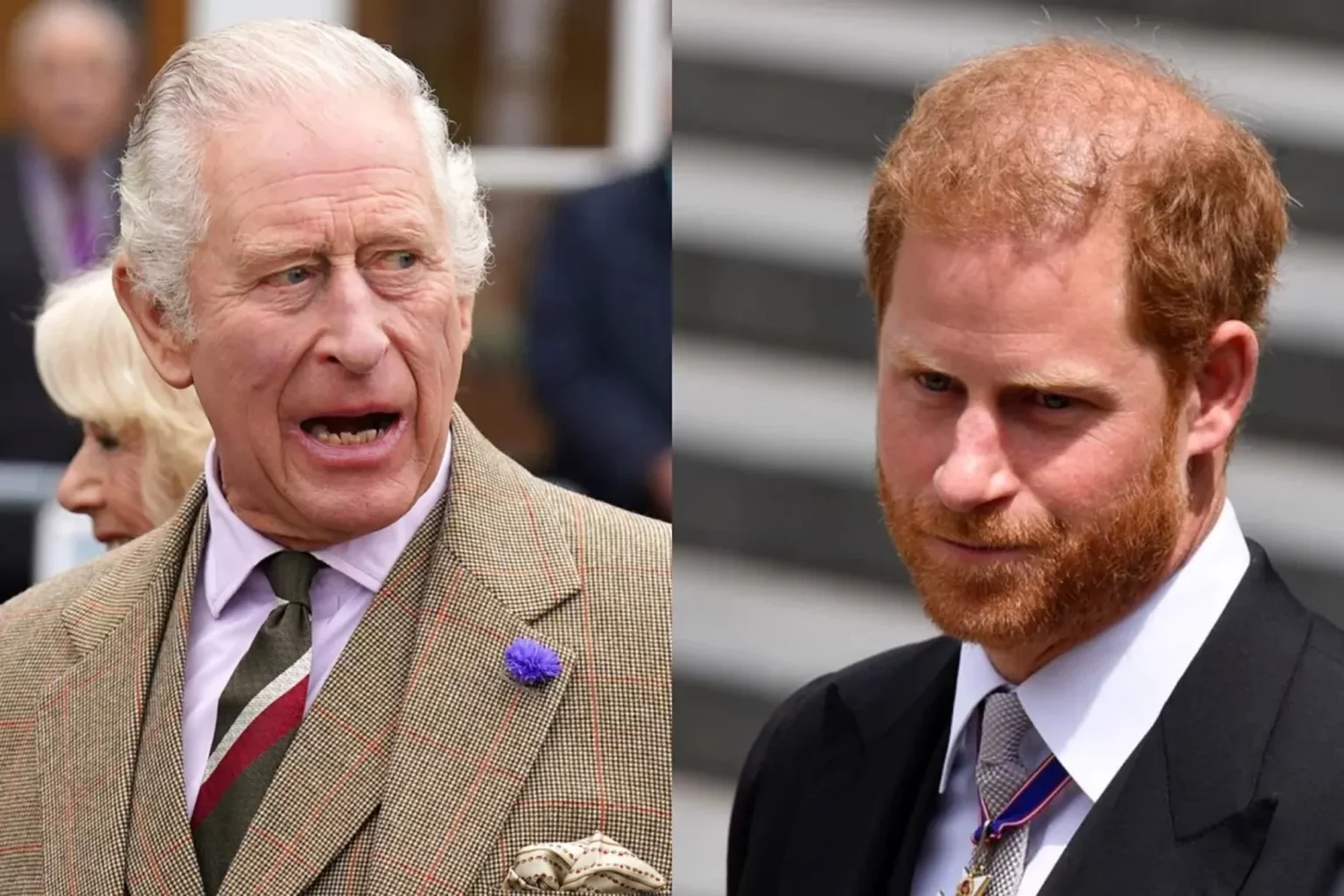In a bid to refine the structure of the British monarchy, King Charles III reportedly embarks on a transformative journey, coinciding with the buzz surrounding Prince Harry’s anticipated UK visit in September.
At 74 years of age, the monarch, alongside his Queen Consort Camilla, appears to champion a leaner, more efficient royal framework, favoring a calculated reduction in overlapping roles. This reported “major shakeup” within the royal household staff signifies their commitment to avoiding redundancy in the palace personnel.
With the passing of Queen Elizabeth II last year, Prince William and Harry’s father has ascended the throne, prompting him to explore strategies that would fortify the monarchy and serve its constituents during his reign as the head of state.
According to reports, King Charles’s vision for a streamlined monarchy is gaining traction. Efforts are underway to trim middle-management staff by 20 percent, an endeavor that aims to heighten operational efficiency and improve the monarchy’s overall functionality.
Although the impact of staff cuts will primarily resonate within key royal residences such as Buckingham Palace, Sandringham, Windsor Castle, and Balmoral, these decisions also lay to rest speculations about the potential return of Prince Harry and Prince Andrew to their previous active roles within the royal family.
Sensitivity to financial considerations is apparent in King Charles’s approach. He demonstrates a profound understanding of the monarchy’s fiscal impact on taxpayers, particularly in relation to the taxpayer-funded Sovereign Grant.
Recent revelations underscore the fact that staffing distribution across all royal palaces has skewed toward top-heavy structures, characterized by an excessive number of assistants and subordinates. A notable development is Camilla’s role in spearheading these transformative changes. Insights from sources suggest that both she and the Queen share the perspective that streamlining personnel, especially in duplicative capacities, is essential for an efficient monarchy.
This strategic maneuver reinforces King Charles’s commitment to forging a monarchy that is agile, cost-conscious, and responsive to the evolving needs of the British people. As the journey to reshape the monarchy unfolds, these developments indicate a proactive shift towards a more efficient and effective royal institution.




